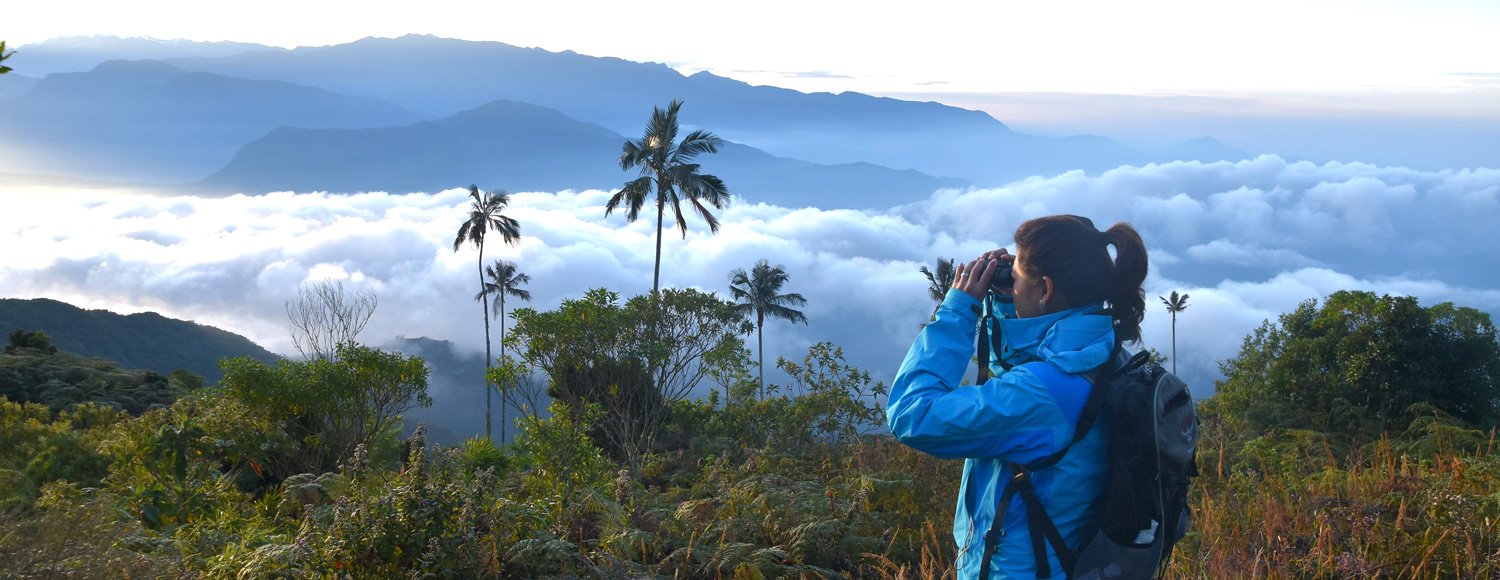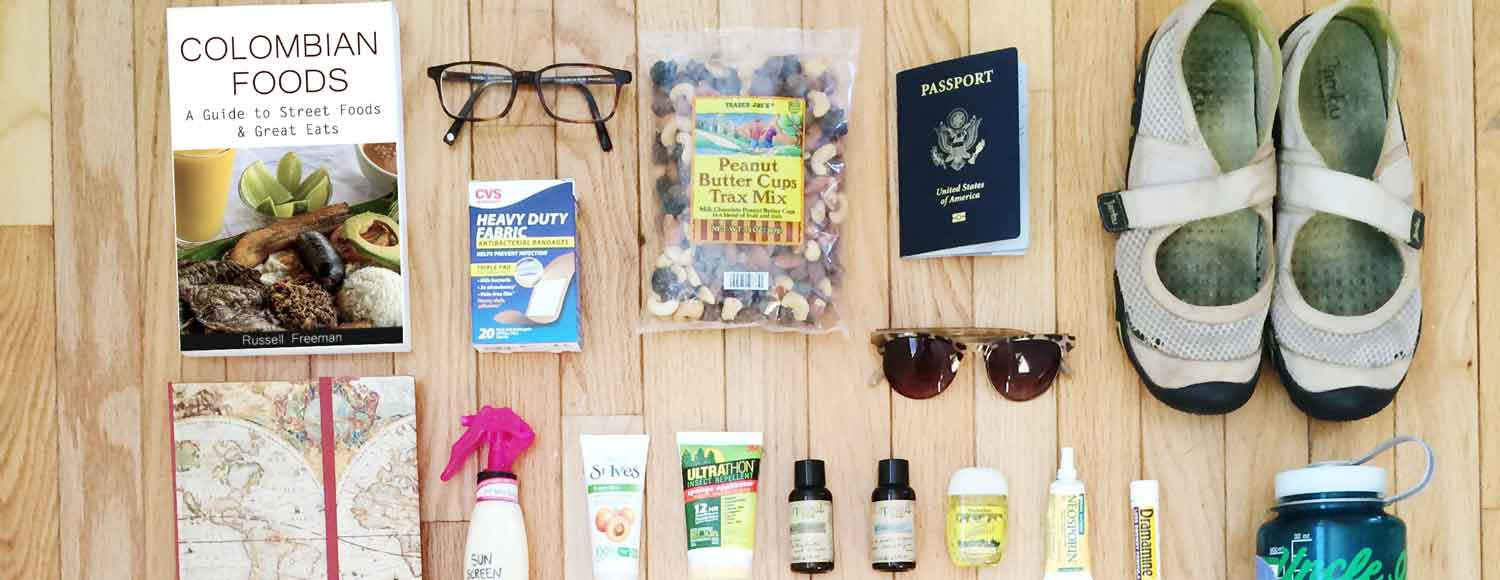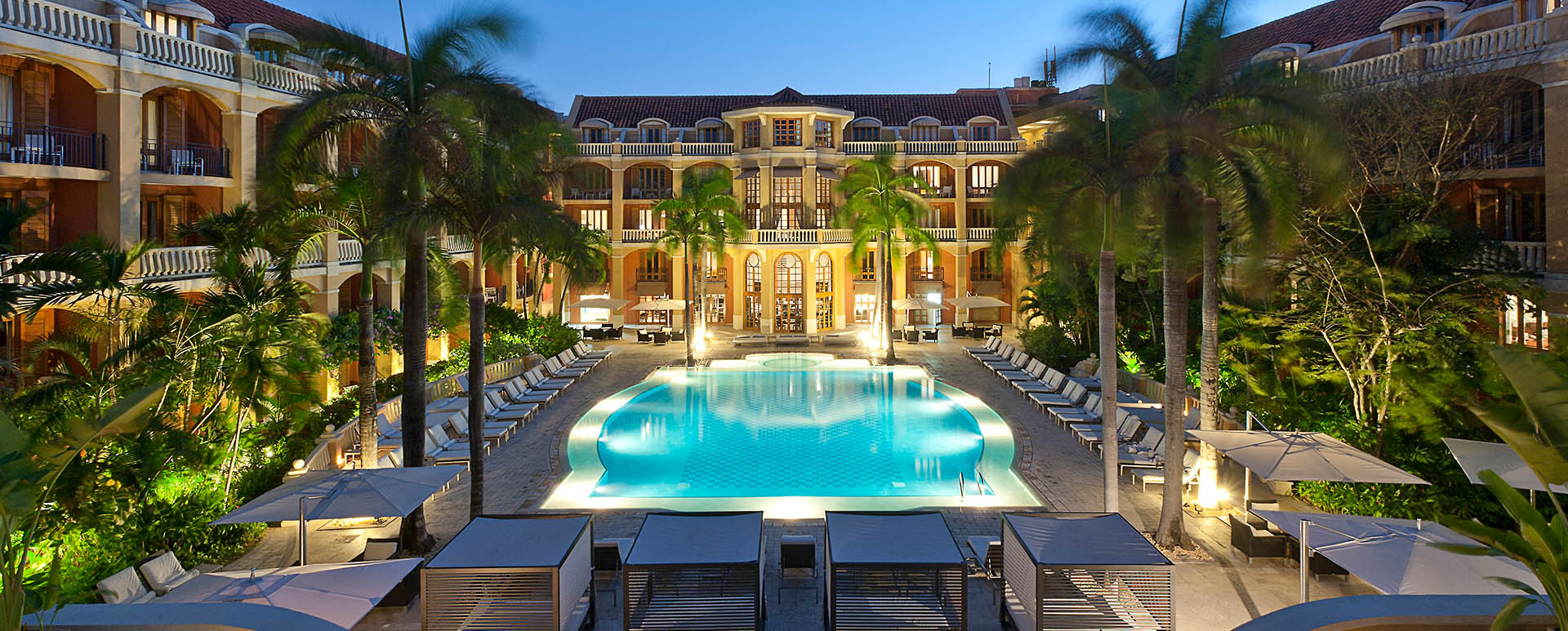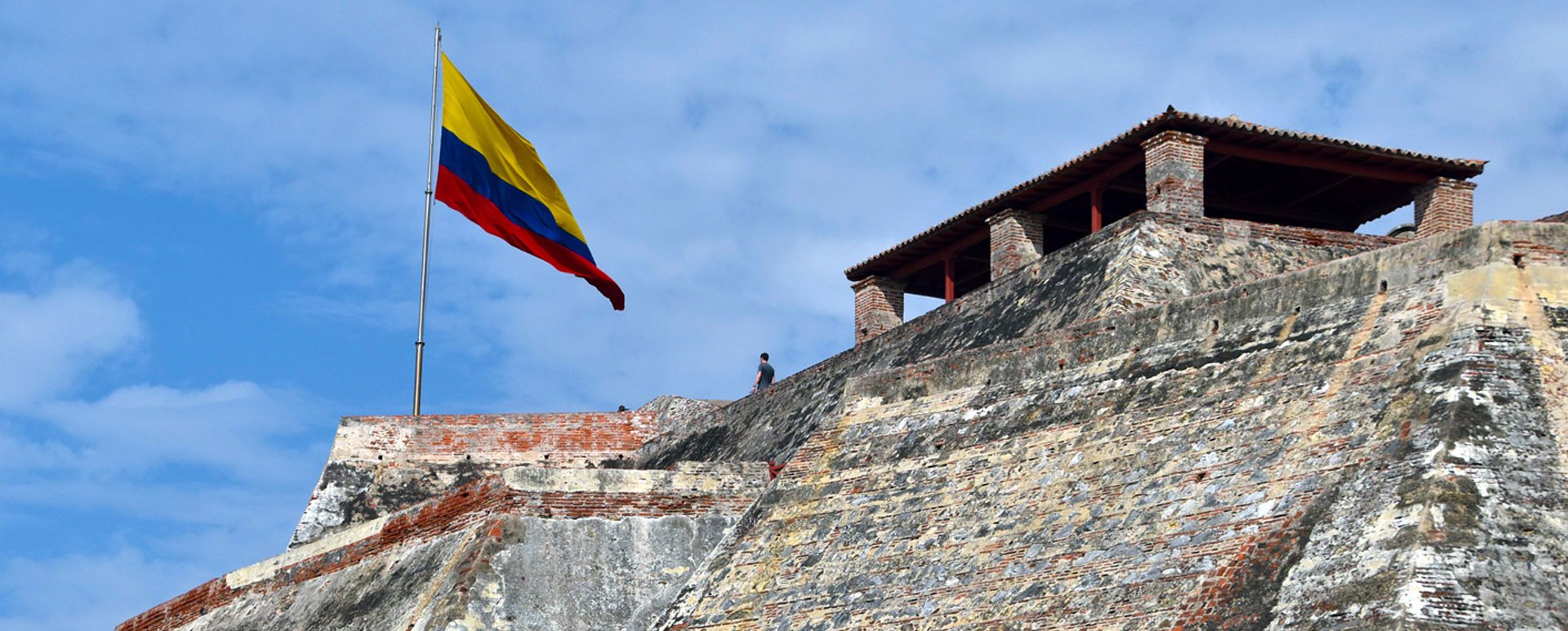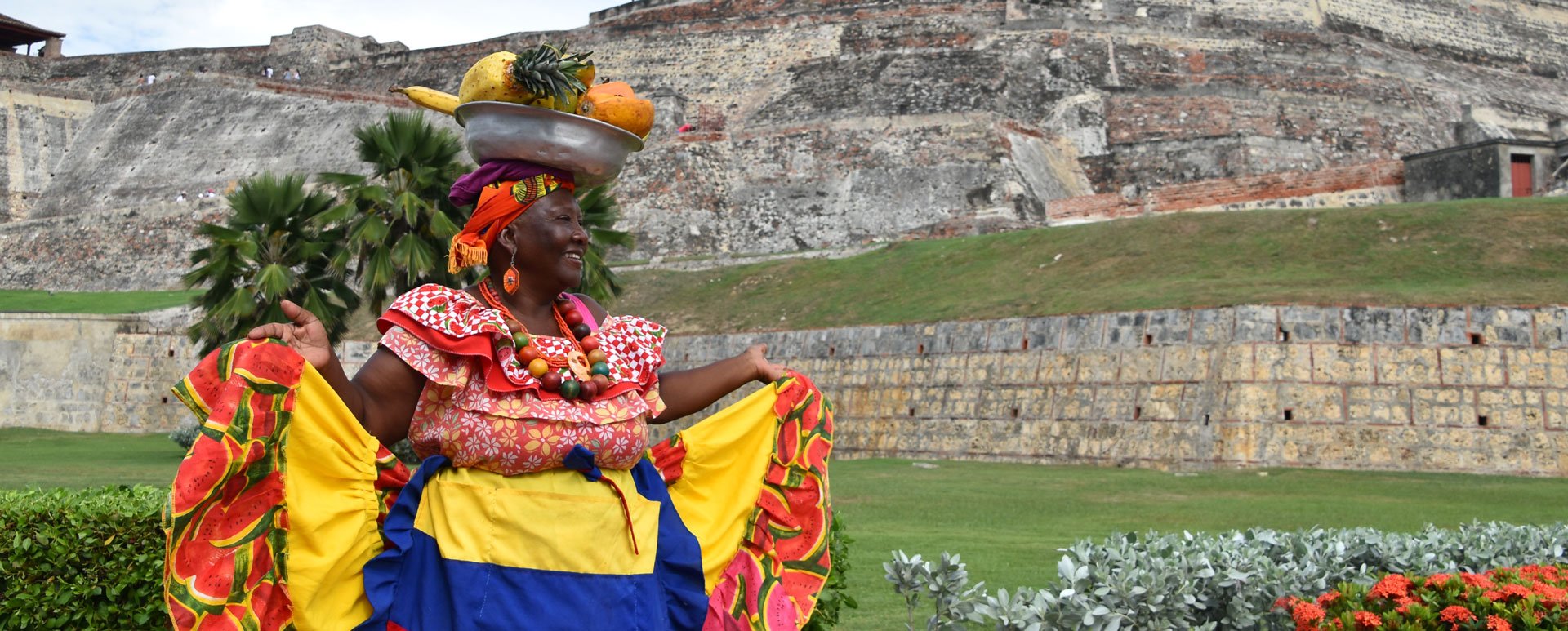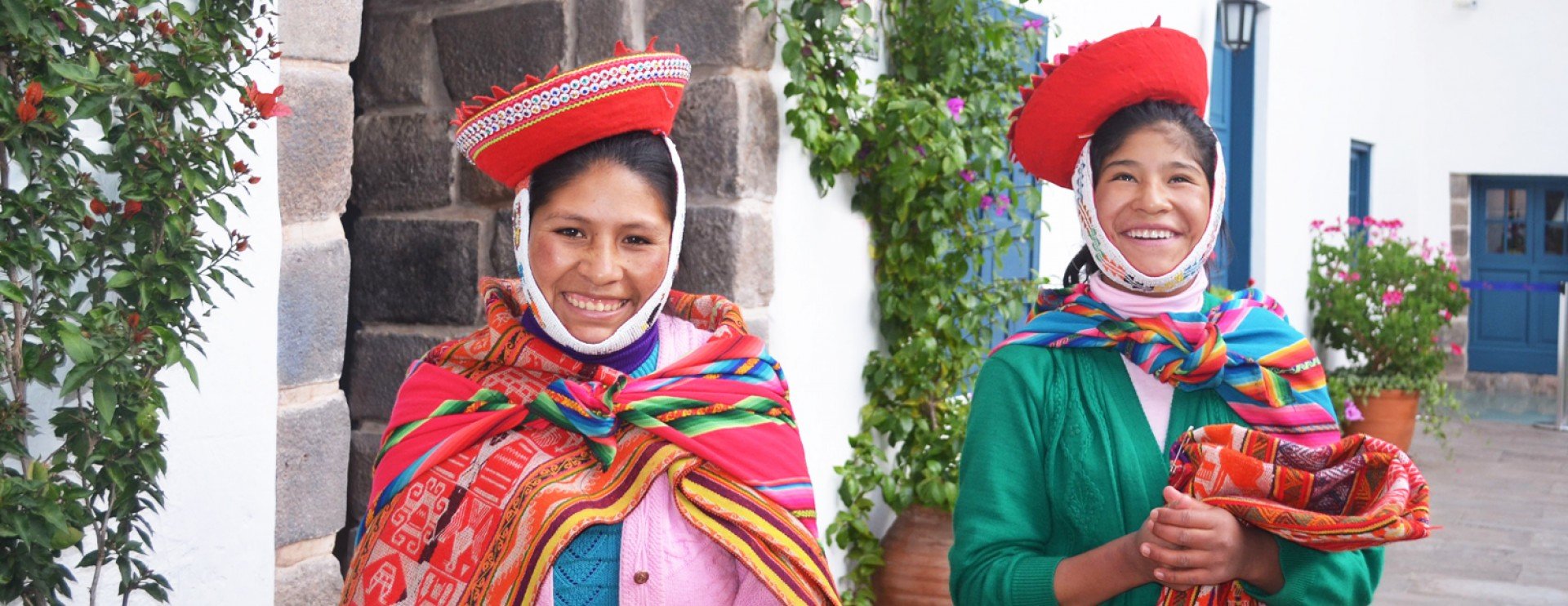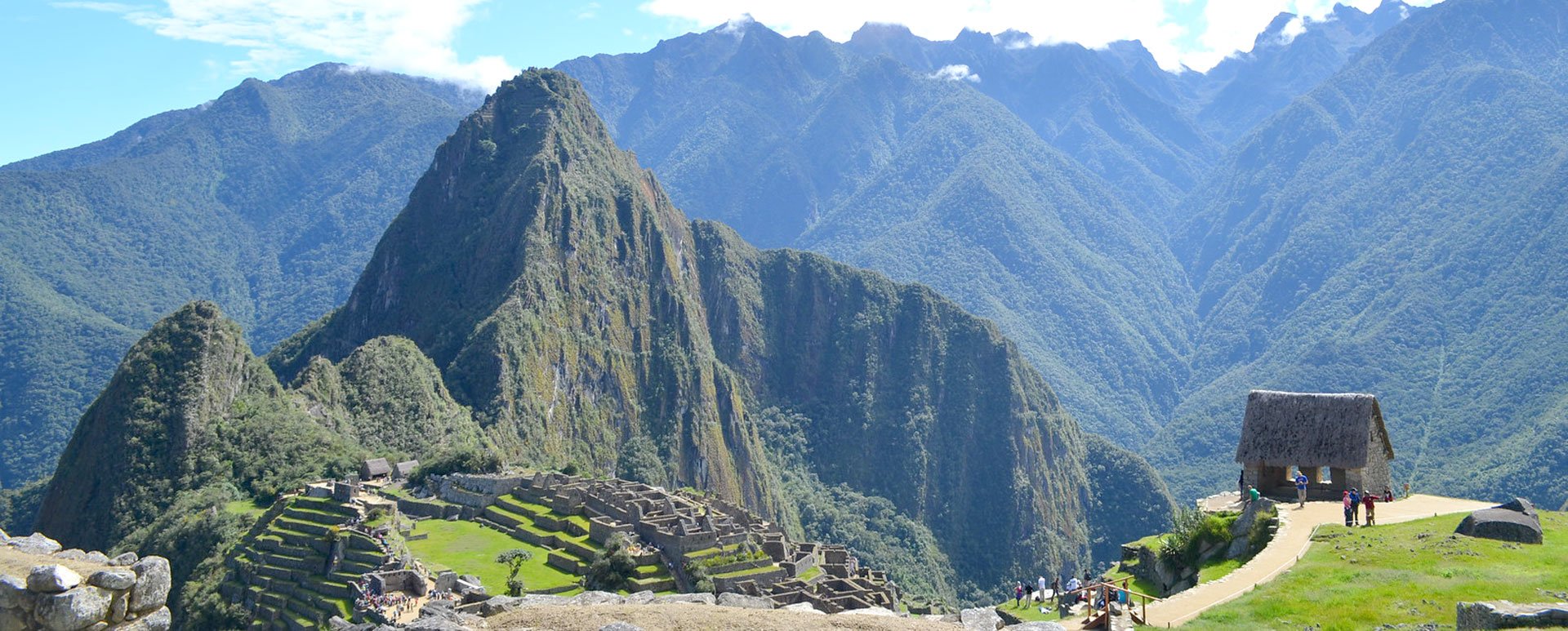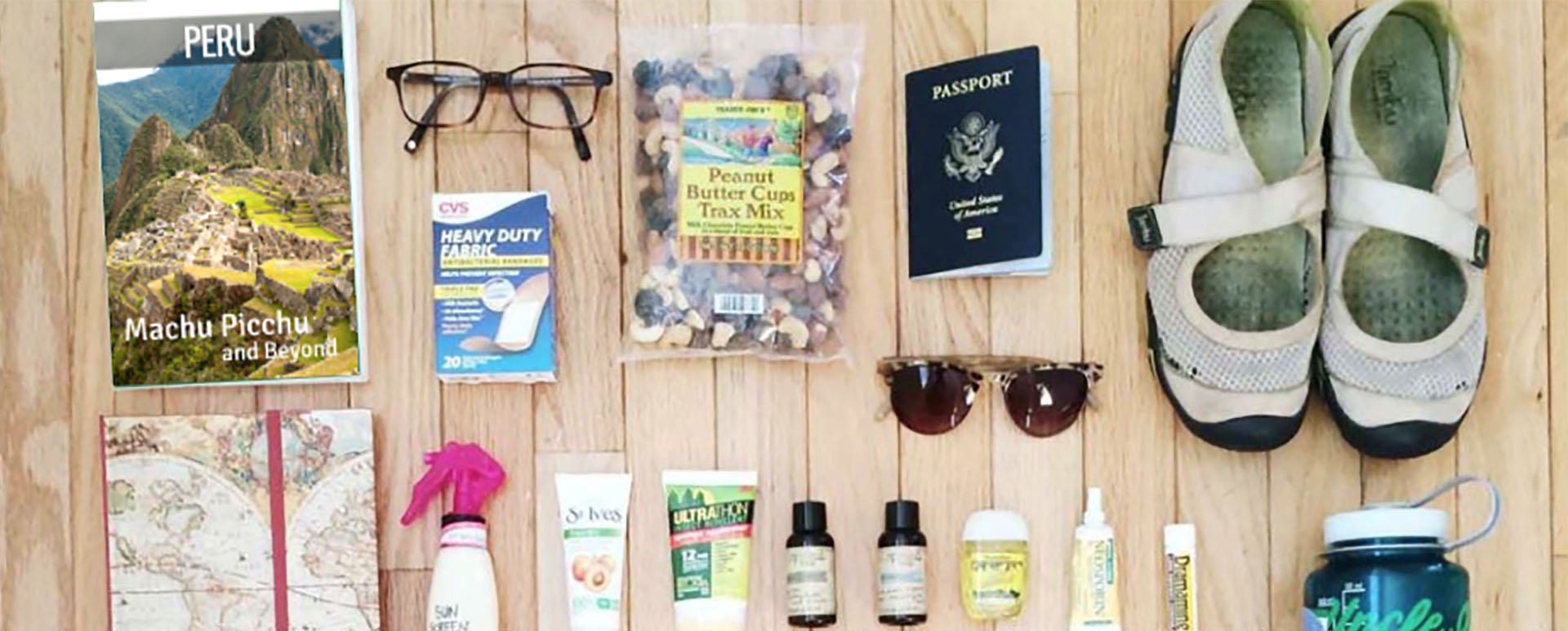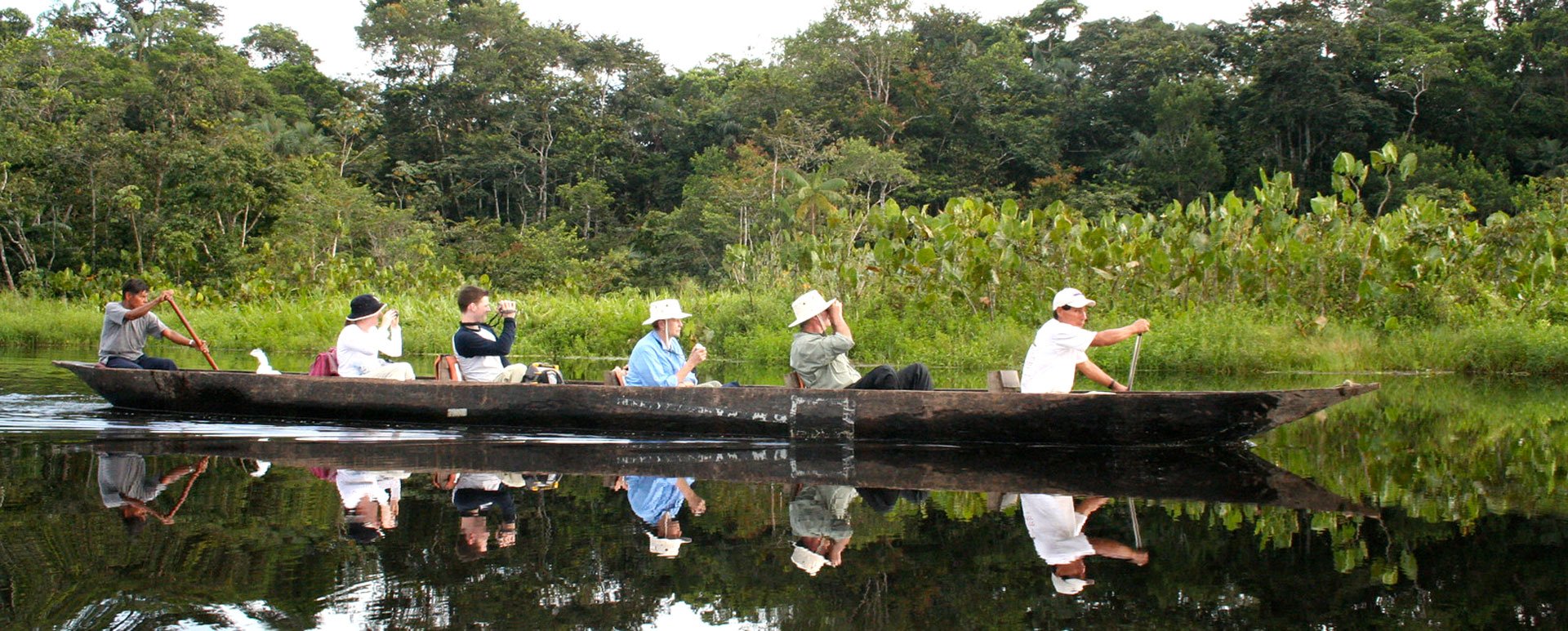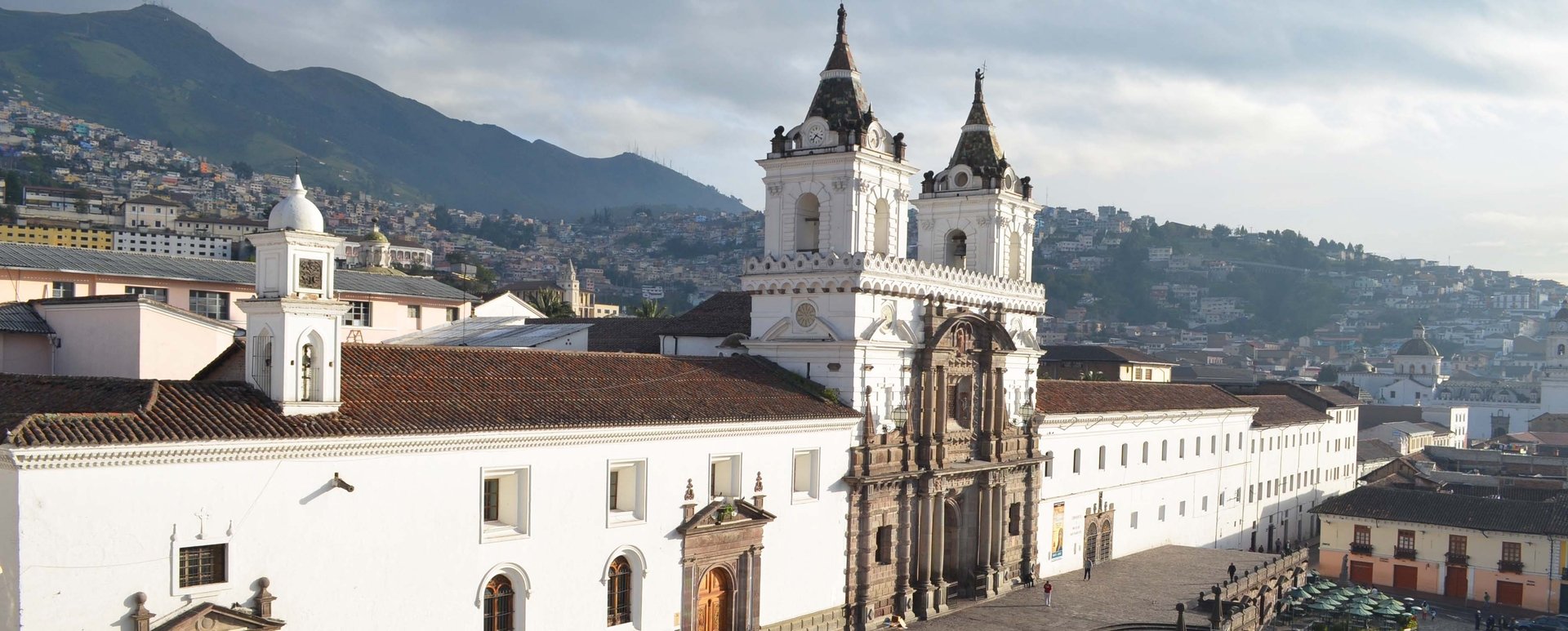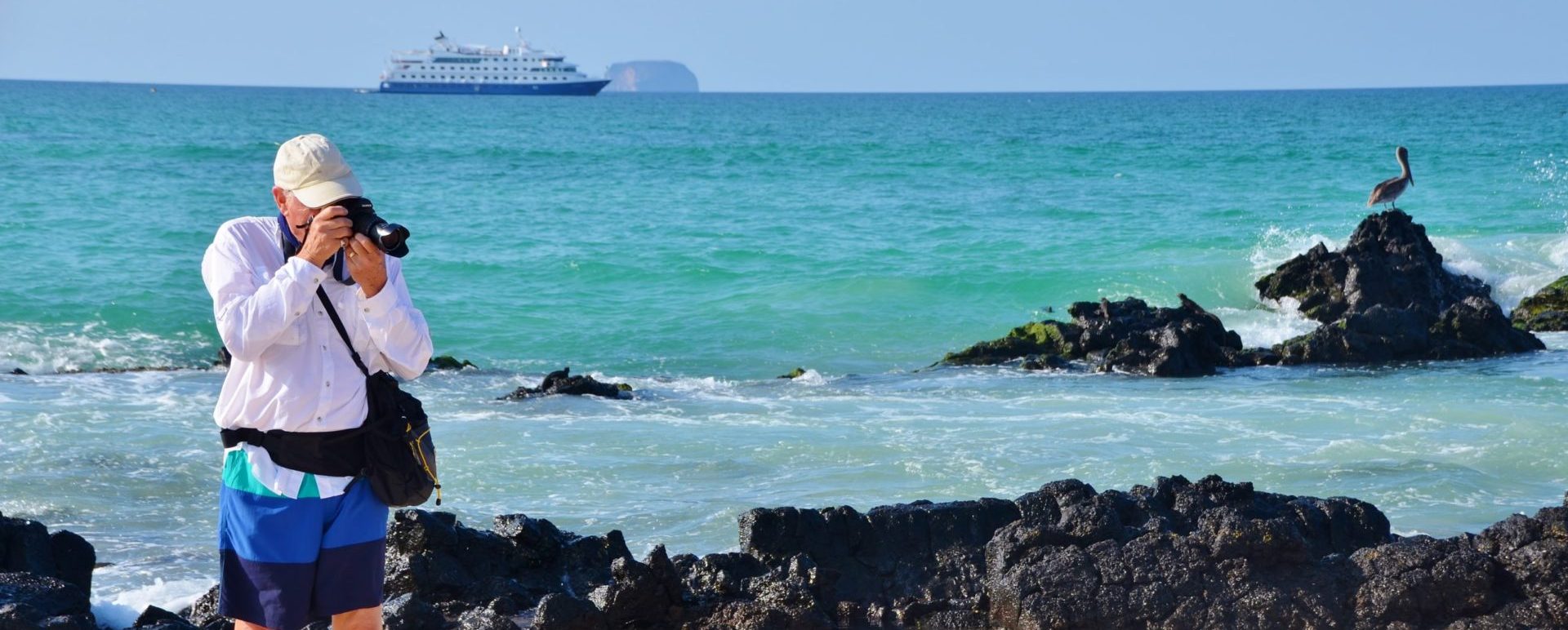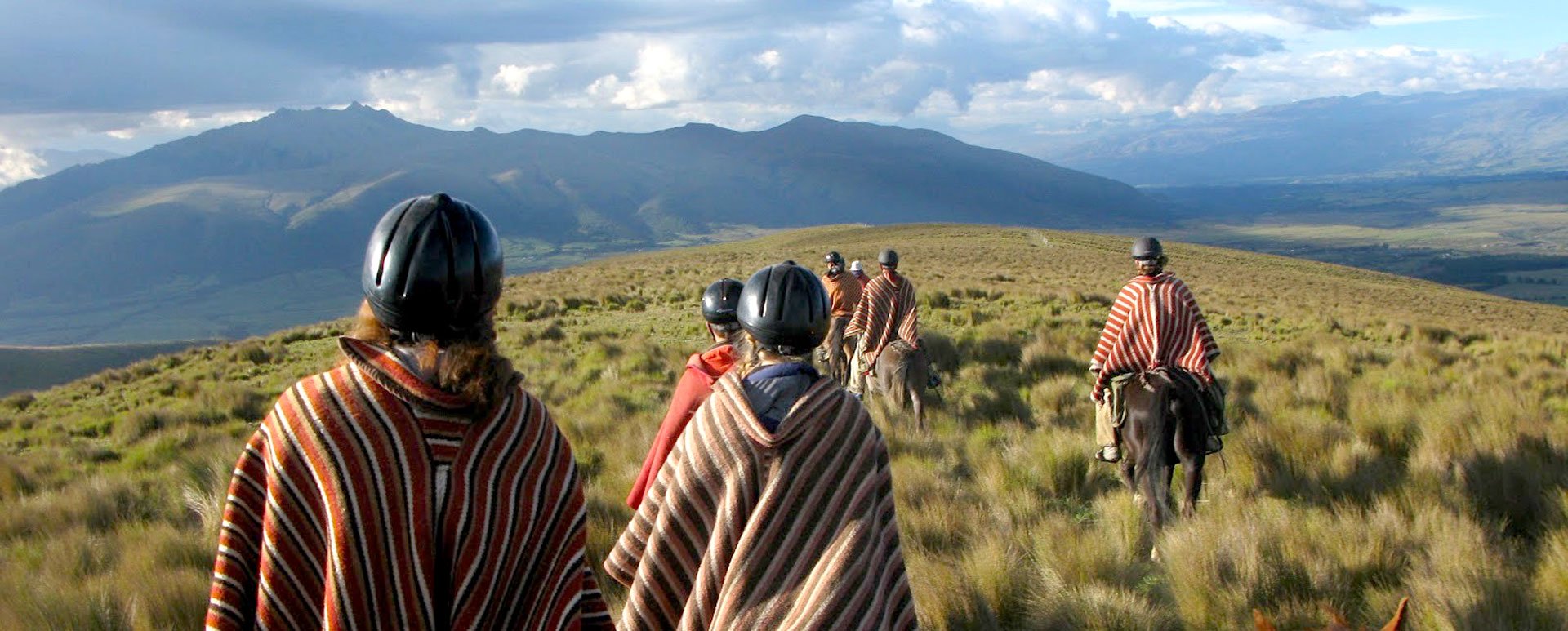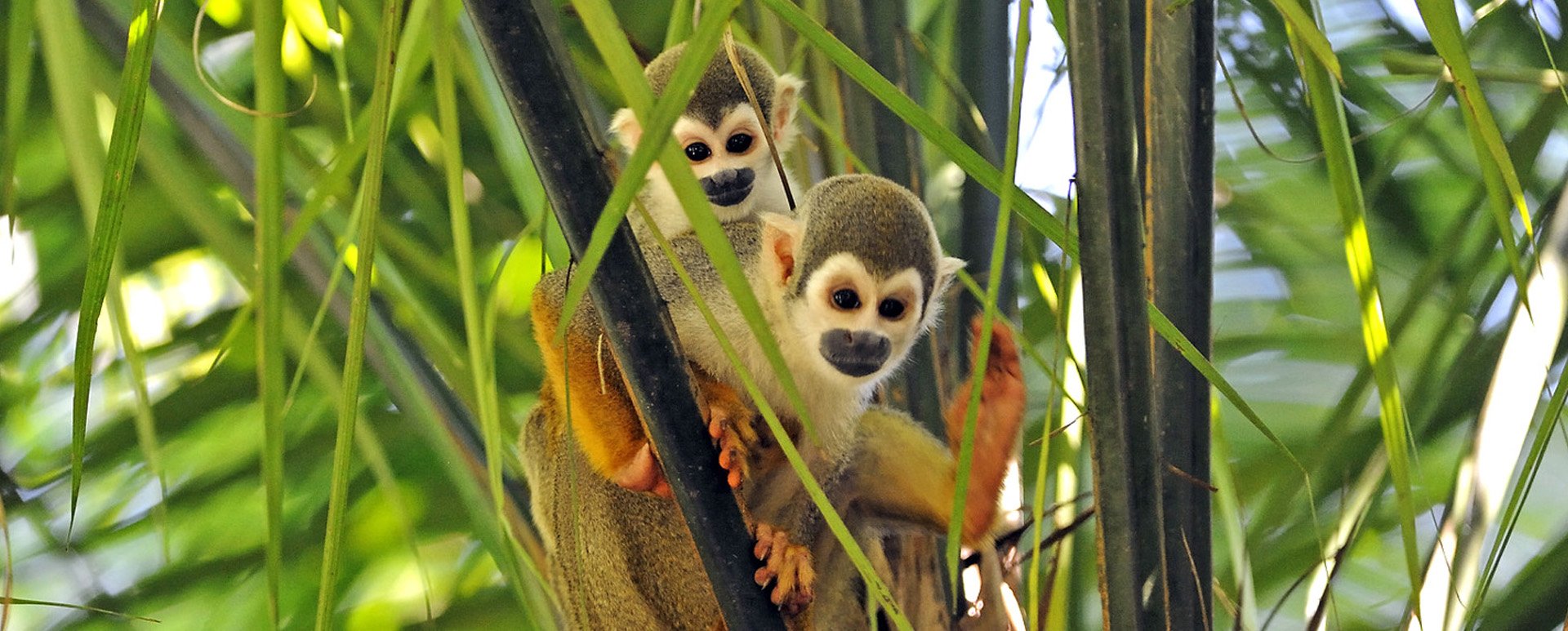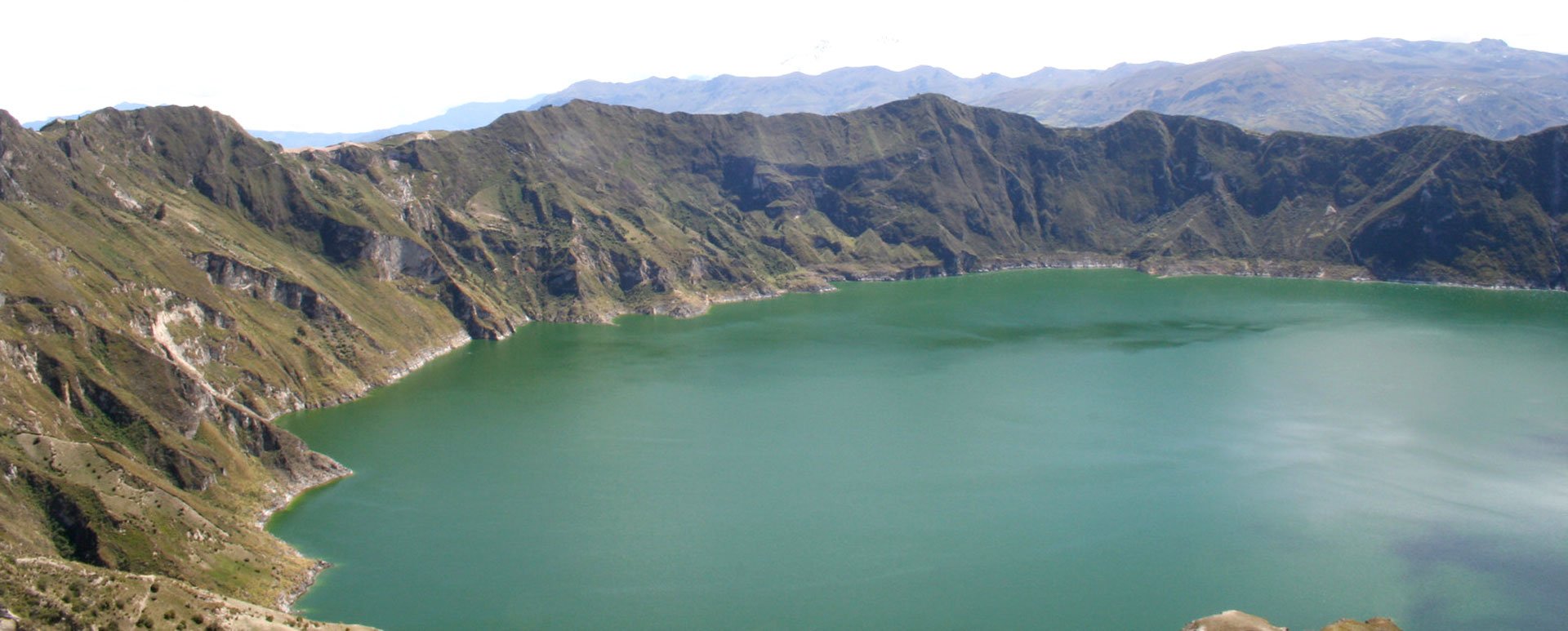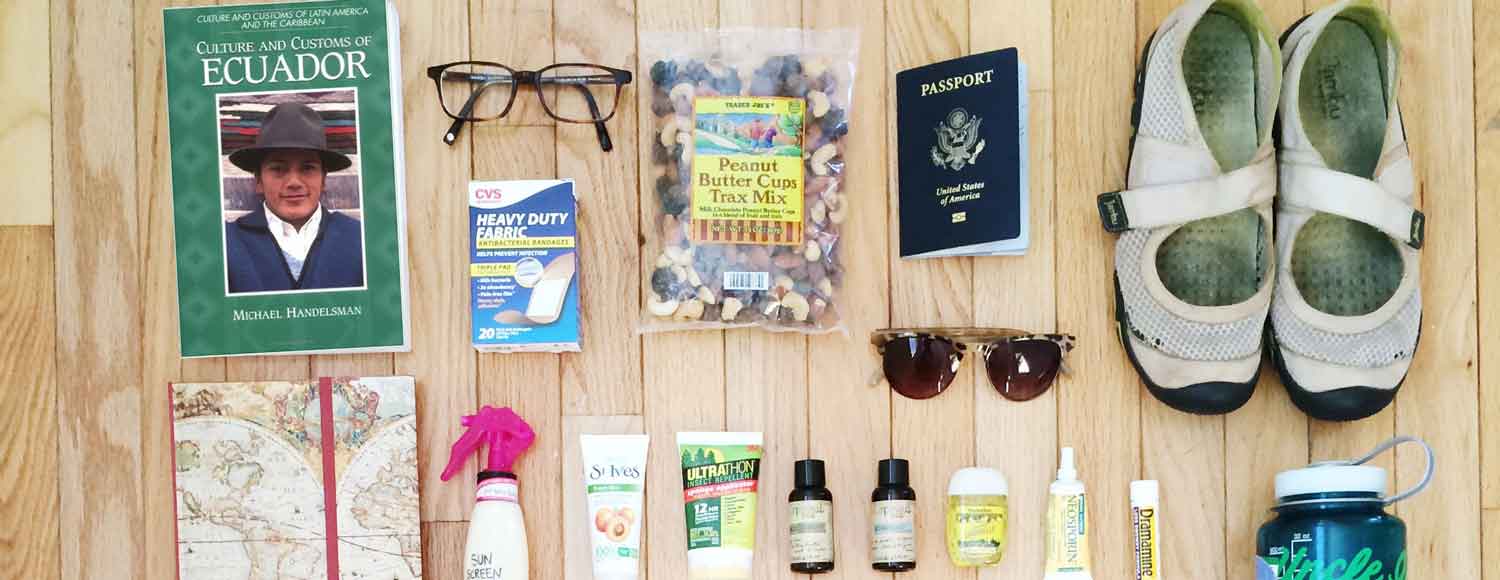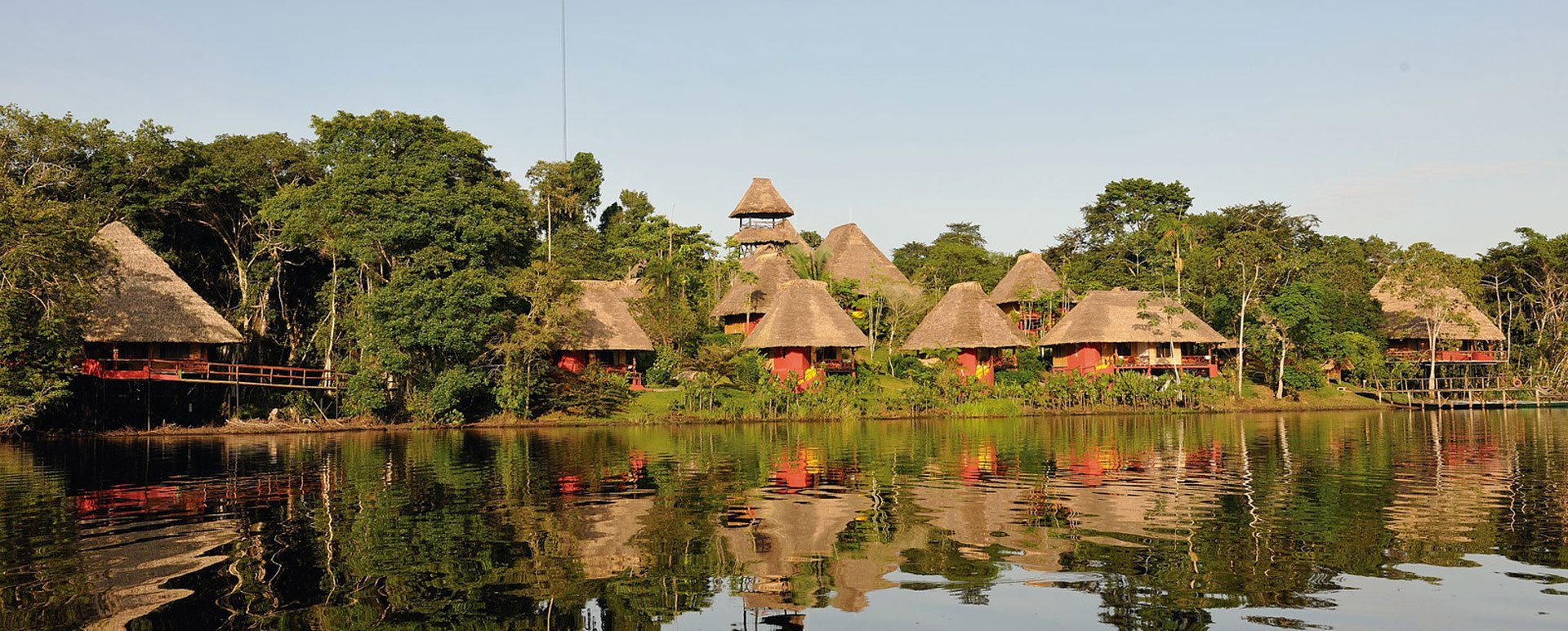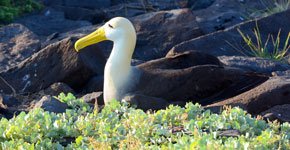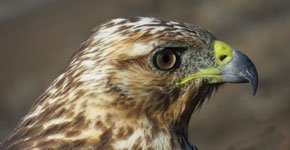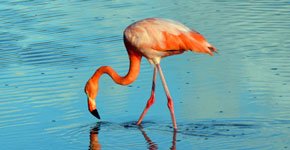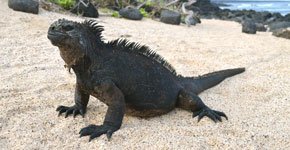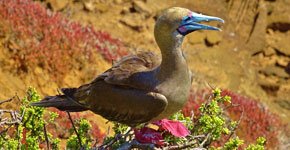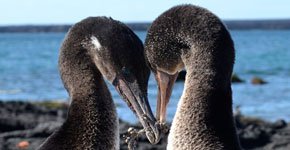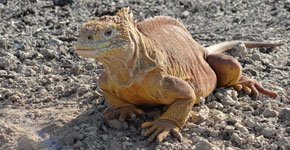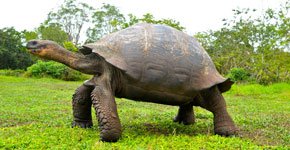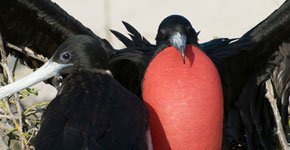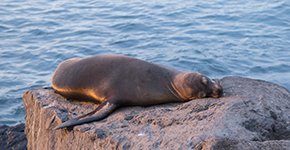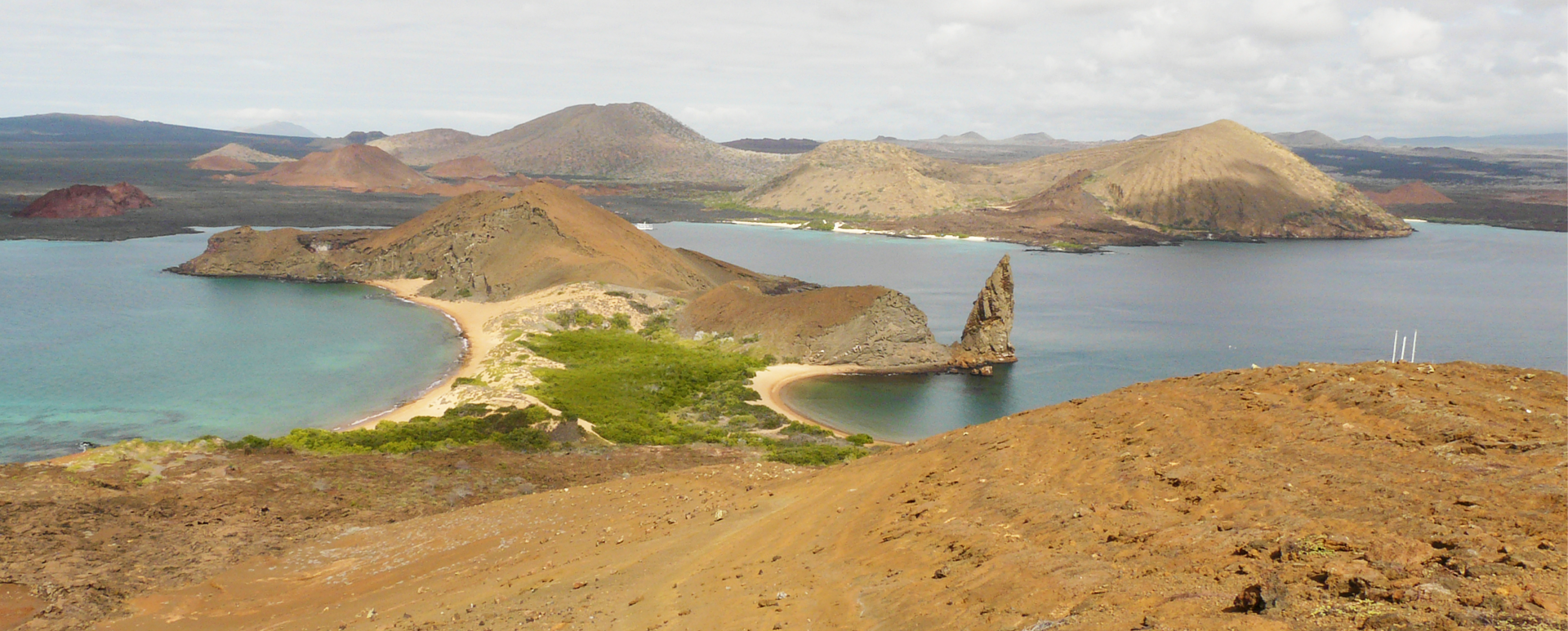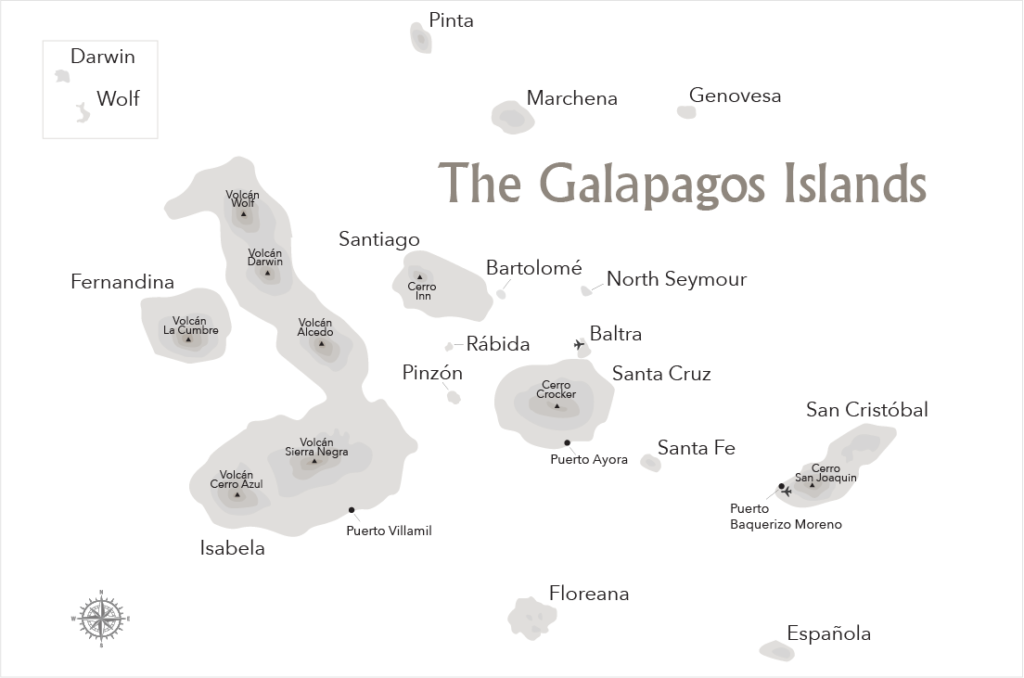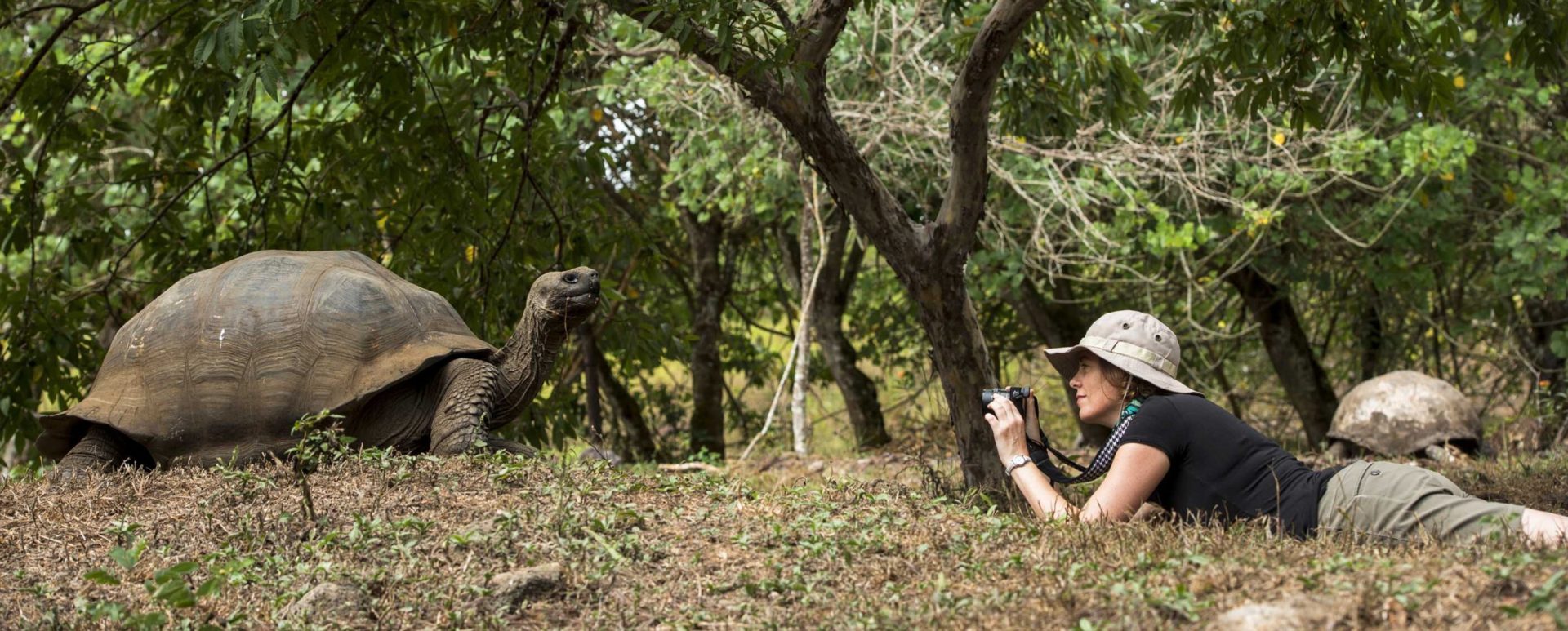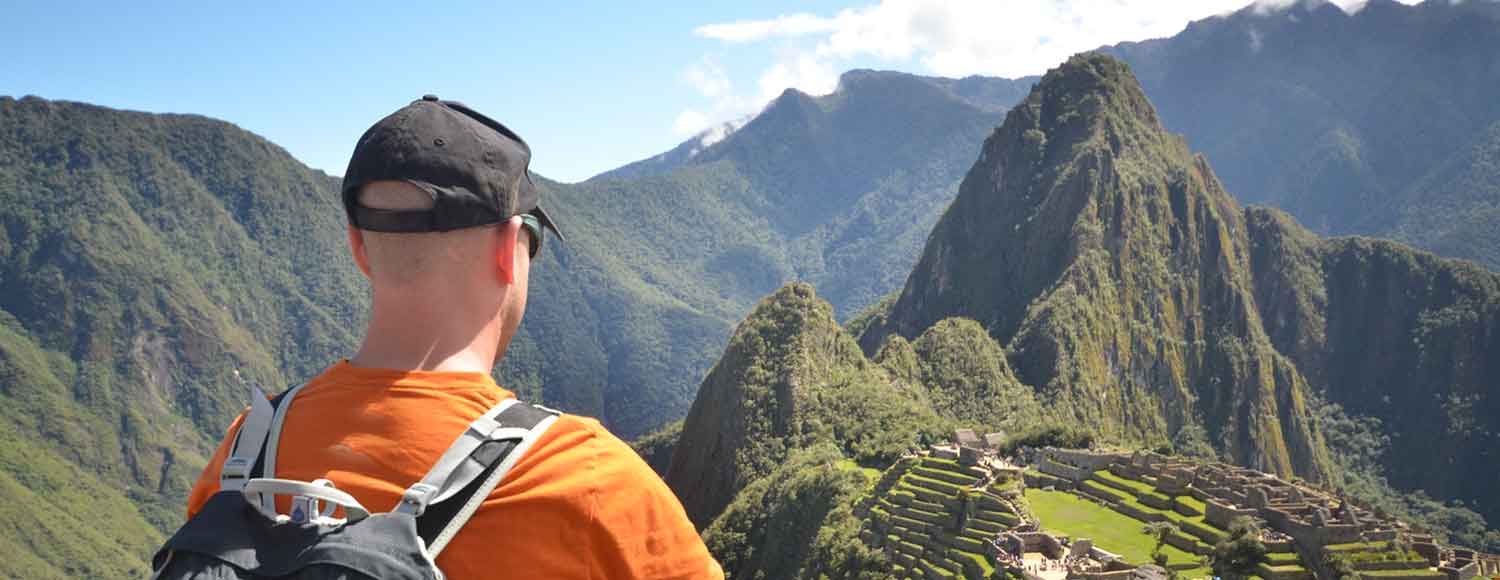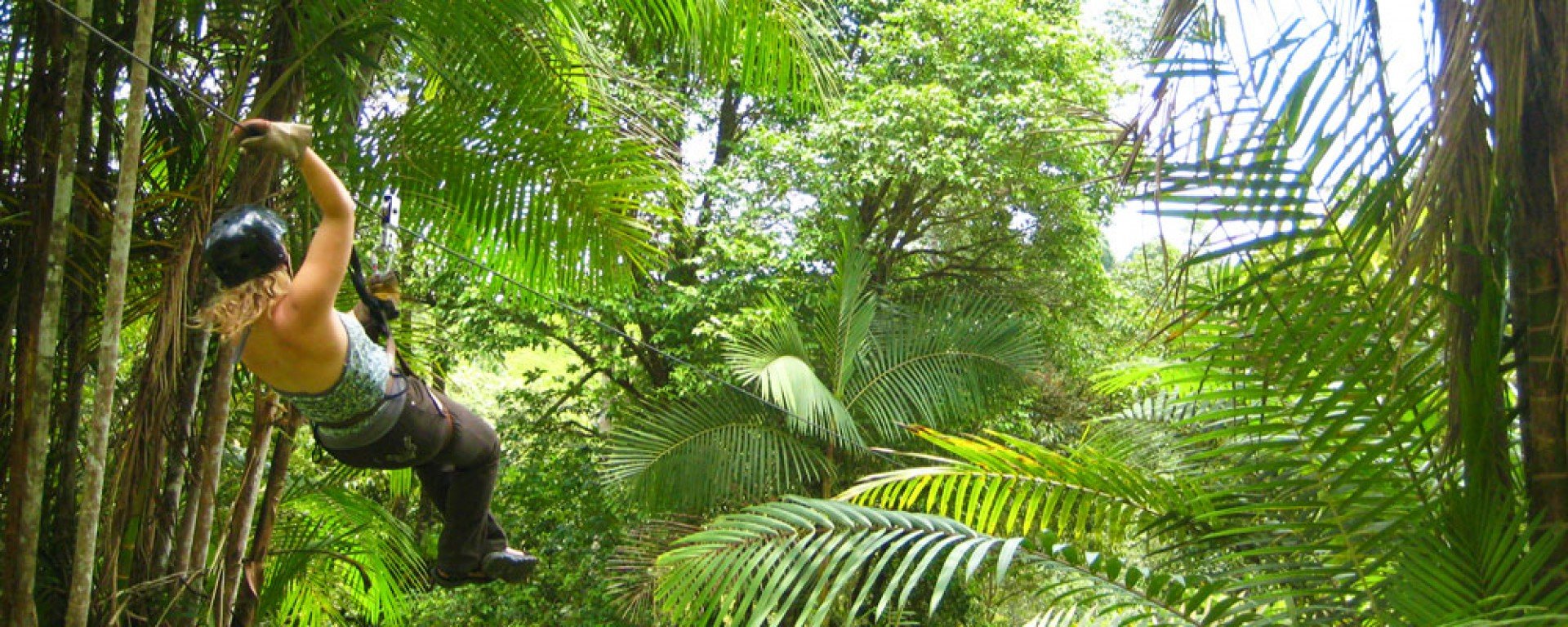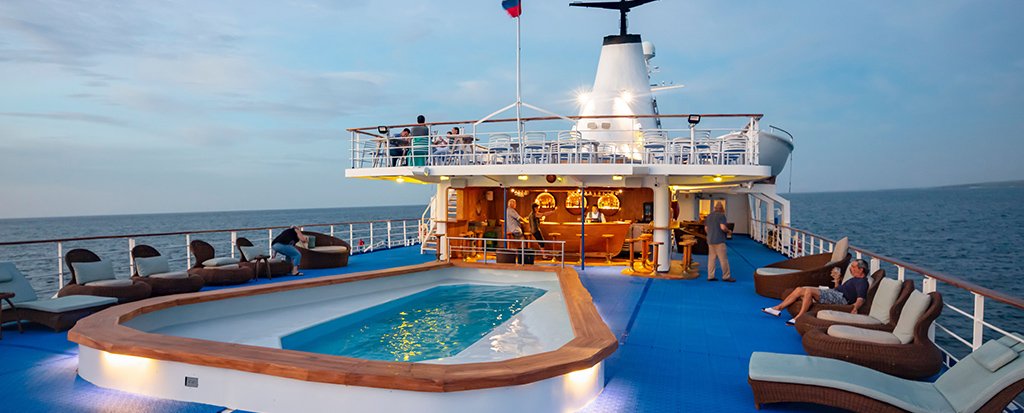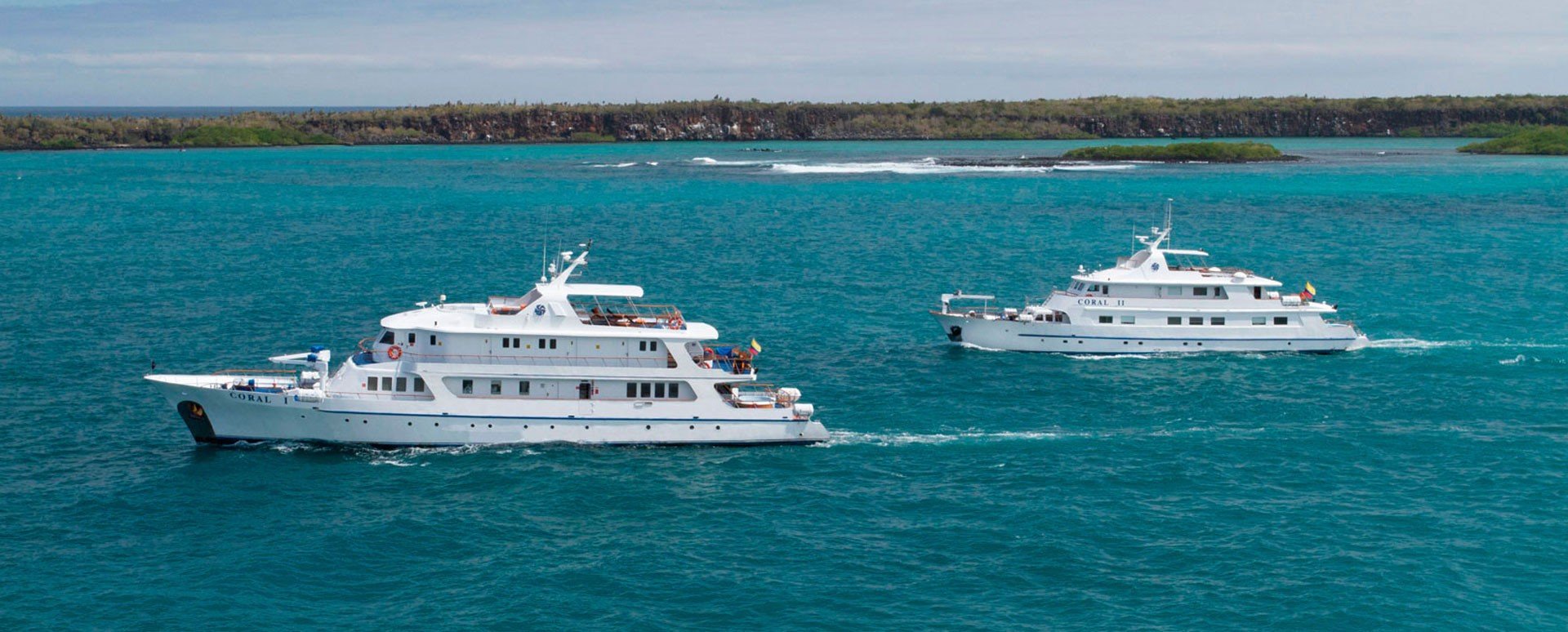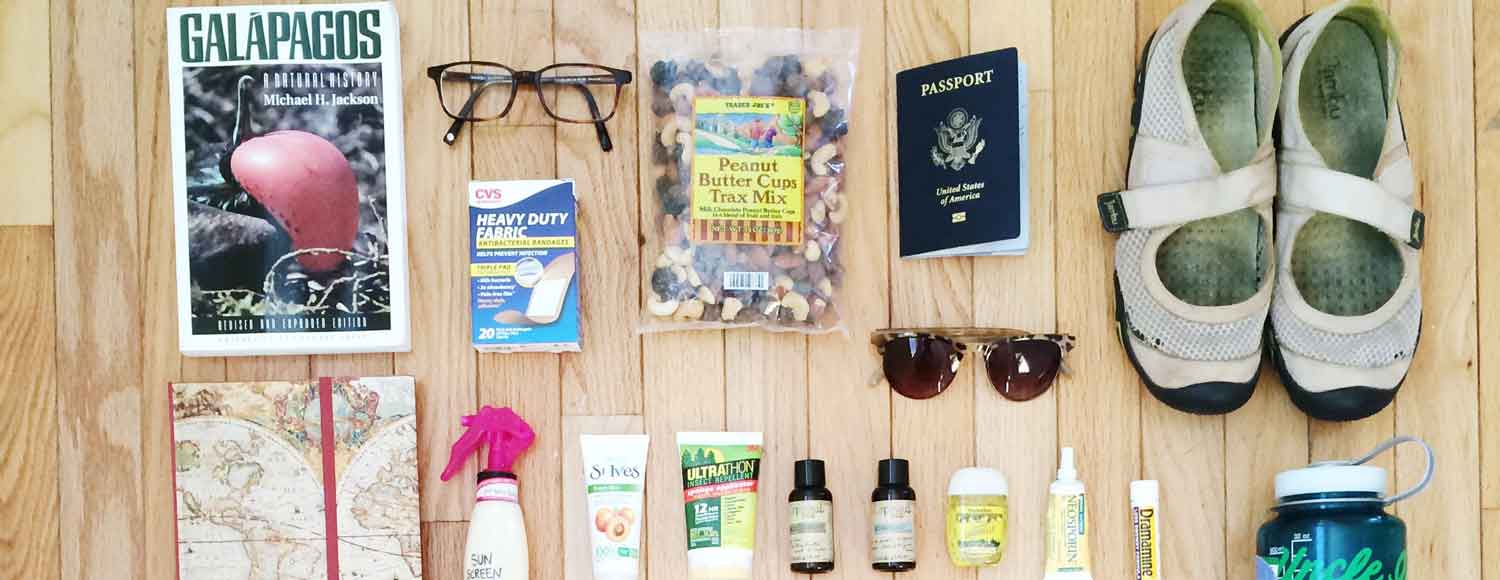
6 Things to Know About Lake Titicaca
Andean Discovery has recently added kayaking on Lake Titicaca to its offerings for adventure travel in South America. We can’t wait to provide our travelers with the opportunity to explore the unique waters, islands, and shorelines of this majestic geographic, ecological, and cultural wonder. Check out these things to know about Lake Titicaca.
1. It’s high – Lake Titicaca is widely known as the highest navigable lake in the world. At 12,507 feet up, it’s located right in the middle of the Andes mountain range and is the border between Peru and Bolivia.
2. It’s big – With over 3000 miles of surface area, and 214 miles (cubed) of volume, Lake Titicaca is the largest navigable lake in South America. It has an average depth of 350 feet, and reaches over 900 feet deep in certain areas!
3. Unique Cultures – There are several unique indigenous communities that live on or around Lake Titicaca. These include the people of Taquile Island who are famous for their unique handwoven textiles, woven exclusively by the men. The floating islands of the Uros are special as well, constructed from tortora reeds and maintained to preserve their traditional way of life.
4. Ancient Ruins – The islands of Lake Titicaca are known as the birthplace of Inca civilization, with one of the highest concentrations of ancient ruins in all of South America. Isla del Sol, or Sun Island, has over 180 ruin sites, including the birthplace of the very first Inca. The Aymara culture also traces its roots back to Lake Titicaca.
5. Outdoor Activities – The pleasant waters and interesting geographic features make for great outdoor activities on Lake Titicaca. Kayaking is a great way to experience the lake, and hiking to the ruins and mountaintops of the islands is a great way to experience the ethereal landscapes as well.
6. Flora and Fauna – The rugged altiplano, mountainous shorelines and islands, and massive body of water make for interesting wildlife and vegetation on Lake Titicaca. Keep an eye out for the giant Lake Titicaca frog, whose skin appears too large for its body, as well as wild guinea pigs, chinchillas, alpaca, and Andean fox. Lake Titicaca birds include the cormorant, Titicaca flightless grebe, and Chilean flamingo. There are 12 different types of aquatic plants in Lake Titicaca, including the totora reed – which is used for everything from island and boat building to food, medicine, and currency.
